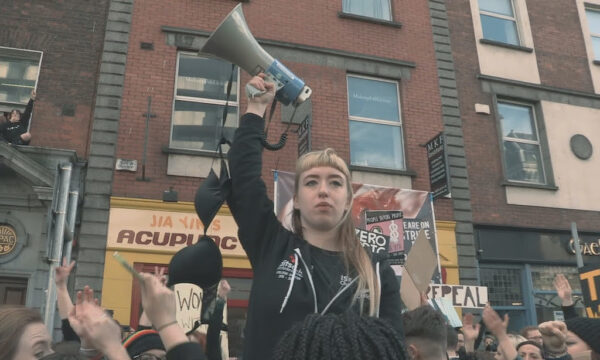New York art studio brands Olympic Cauldron a copycat

An American design studio has claimed that the Olympic Cauldron, which became the centrepiece of the London Olympics, was originally their idea.
The cauldron, which consisted of petals lifting from the ground to merge together, has won a number of awards since it was unveiled last year as well as international praise for the designer, Thomas Heatherwick, who has earned a place on the Queen’s birthday honours list.
Atopia, a design studio based in New York, is saying it presented an almost identical design to the London Organising Committee for the Olympic and Paralympic Games (LOCOG) in 2007 to that used during the event.
Jane Harrison, the studio’s co-director, told The Guardian: “We were absolutely furious. It looked identical to something we had proposed to the London Olympic Committee back in 2007, after which we hadn’t heard anything.”
Atopia were unable to reveal their allegations last year during the Olympics because of the restrictive non-disclosure agreement that has been in place since 2007, preventing all companies from promoting any work related to the Olympics.
LOCOG originally approached Atopia to come up with ideas for a One Planet Pavilion, a structure to embody the sustainable ethos behind the London Games.
“Our pitch was all about the story,” Harrison said. “We devised a structure of petals on tall stems, which would travel from all of the participating countries, then be brought into the stadium by children. The petals would be assembled during the opening ceremony to form a flower-like canopy, and distributed back to the different nations after the Games,” she explained.
The situation has been described as “unfortunate” by Kevin Owens, the former design principle of the now disbanded LOCOG. He added: “Strands of their work became part of what was taken forward, and I wish there was a way we could acknowledge that.”
Mr Owens said he had never seen the designs presented by Atopia but that their narrative must have “stayed in the psyche” of his colleagues, adding: “We can only assume that similar conclusions were drawn by the designers.”
In response to the accusations by Atopia, Heatherwick’s studios have said: “This has come completely out of the blue. We have never seen this project before, nor were we made aware of it by LOCOG. The creative ideas for the cauldron were very much born from the conversation between Danny Boyle and Thomas Heatherwick.”
Simon Wyatt
























Facebook
Twitter
Instagram
YouTube
RSS